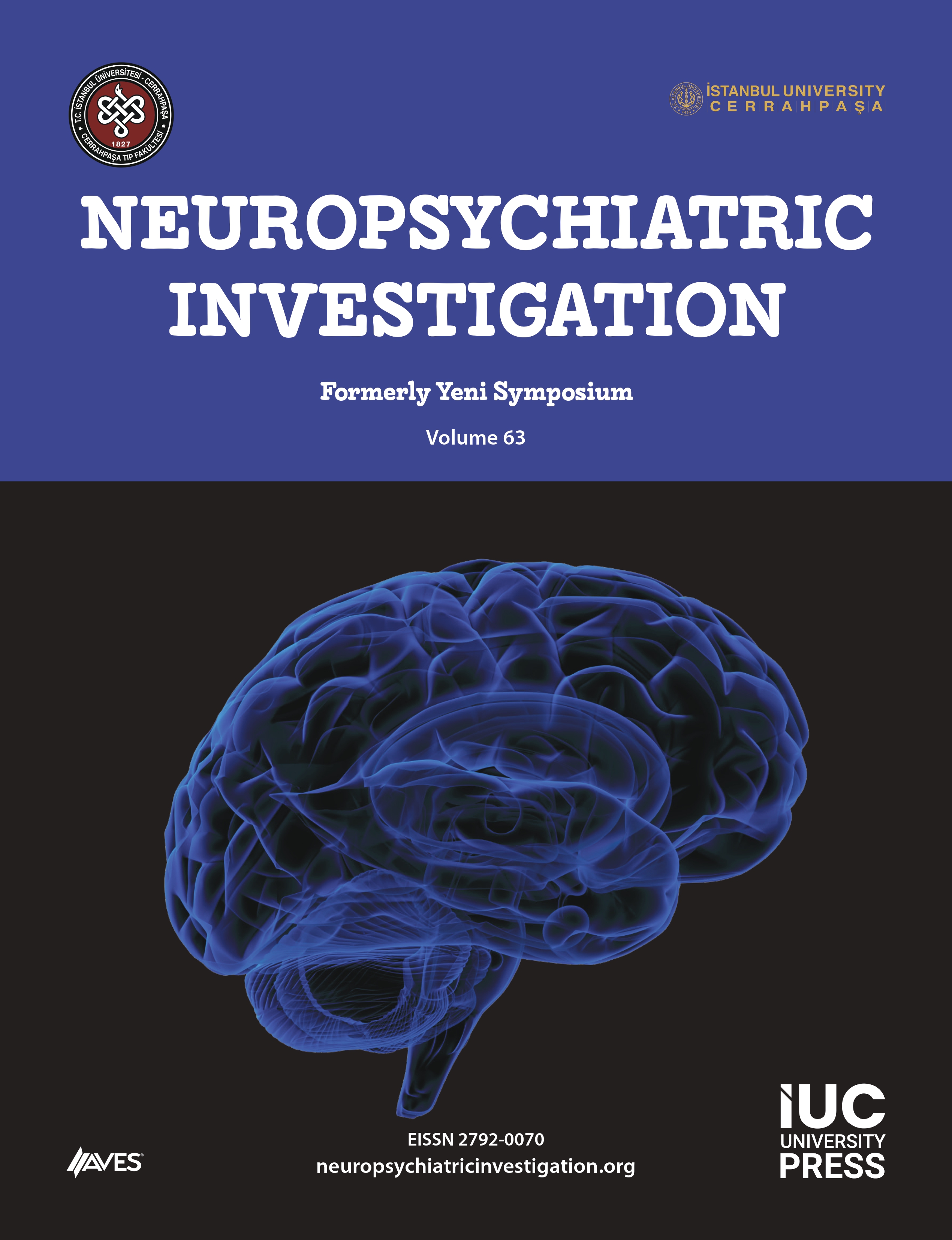Objective: The aim of this study is to examine the relationships between digital game addiction, abilities of reading mind in the eyes and alexithymia personality characteristics.
Method: Six hundred and sixty-two adolescents between the ages of 15 and 17 from two secondary schools in Ordu Province (n = 358 females, 57%; n = 286 males, 43%) were included in the study. Digital game addiction scale for children (DGASFC), Child Form of Reading the Mind in the Eyes Test (Eyes Test) and 20 item Toronto alexithymia scale (TAS-20) were administered to participants. The scale scores of female and male participants were compared by independent sample t test. Correlations between the scales were analyzed by Pearson product moment correlation test. The predictive effects of skills of reading mind in the eyes, alexithymia, gender and age on the development of digital game addiction were evaluated by multivariate linear regression analysis.
Results: Digital game addiction scores of males were significantly higher than females. The scores of DGASFC were negatively correlated with the scores of Eyes Test and positively correlated with total scores of TAS-20 and its subscales’ scores, significantly. Regression analysis revealed that the scores of Eyes Test, TAS-20 factor 1 and factor 3, and gender were significantly predict the digital game addiction levels.
Conclusions: The therapeutic interventions to improve abilities of reading mind in the eyes, identifying emotions, and empathic thinking skills may be beneficial for the adolescents which present with digital game addiction.




.png)